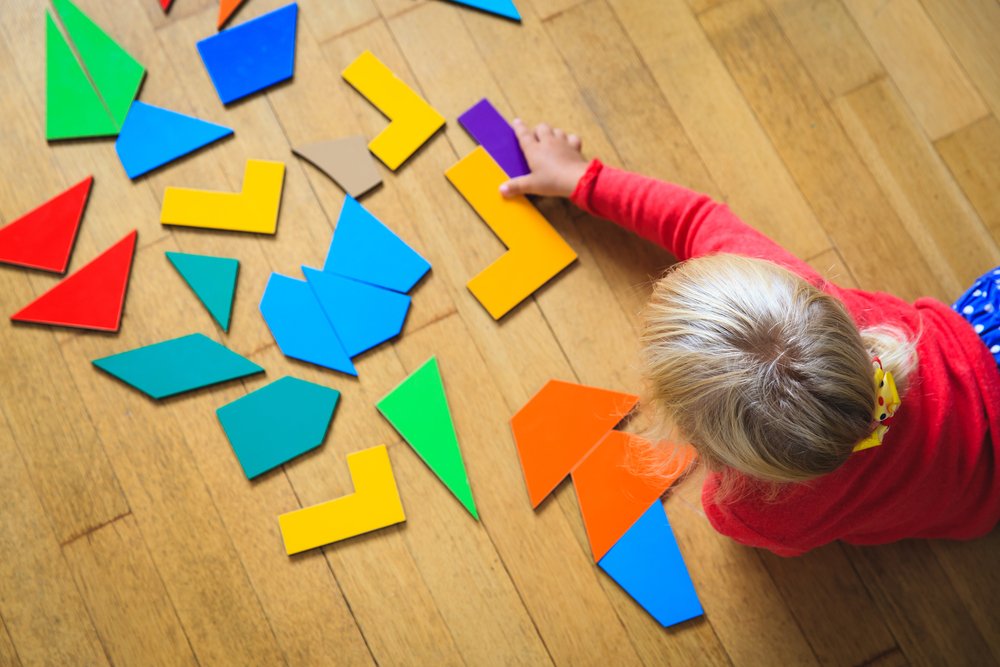Key points:
- The American Academy of Pediatrics suggests that children between 2 and 3 years of age learn to discriminate colors and shapes from an object’s whole array of characteristics.
- Learning about colors and shapes involves a three-step process: identifying an object and its qualities, recognizing these qualities from past experiences, and categorizing it by abstracting one of the object’s qualities.
- When a child learns to distinguish between basic colors or identify shapes, it is actually laying the bases for a vast array of skills, including vocabulary, attention, memory, integration of information, conceptual reasoning, and abstract thinking.
- Researchers have suggested that as kids approach 3 years of age, their recognition and classification skills change from being centered in a few very distinctive parts of an object into taking it as a whole.
The guidelines issued by the American Academy of Pediatrics suggest that, between 2 and 3 years of age, children learn to discriminate colors and shapes from an object’s whole array of characteristics. This is a complex skill for kids to master because, in order to learn to recognize shapes and colors in everyday objects, they must be able to recognize sameness in color and shape.
Cognitive psychologists suggest that learning about colors and shapes, and using them to navigate daily life is done in three steps:
- 1) identifying an object and its qualities;
- 2) recognizing these qualities from past experiences;
- 3) categorizing it by abstracting one of the object’s qualities.
As fully-developed adults, we might be accustomed to do this in the blink of an eye, but it’s still quite a complex process to be undertaken by a preschooler. For example, crackers, a sofa cushion, a building block, and a book might all be shaped like a square, and therefore be members of the same object category. However, they are evidently not the exact same shape, and they all have many other “distracting” characteristics that a child must be able to ignore using just the right amount of abstract thinking.
When your child learns to distinguish between basic colors or to identify shapes, what is seemingly a very simple and repetitive game is actually laying the bases for a vast array of skills, including vocabulary, attention, memory, integration of information, conceptual reasoning, and abstract thinking.
Researchers like Alfredo Pereira, from the Department of Psychological and Brain Sciences at Indiana University, have suggested that as kids approach 3 years of age their recognition and classification skills change from being centered in a few very distinctive parts of and object, into taking it as a whole. That means that, at 22 months, a kid might classify a toy horse with wheels instead of hooves as being a car, but at 28 months, that same child would very likely identify the toy as being a horse.
For lots of ideas on how to help your child’s shape and color skills, check out Kinedu’s activities catalog under the skill “Learning about shapes and colors”.








